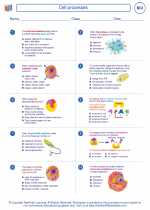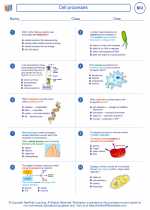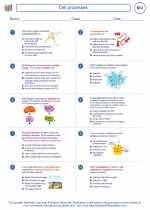Steel
Steel is a versatile and widely used metal alloy, composed primarily of iron with varying amounts of carbon and other elements. It is one of the most important materials in modern construction, manufacturing, and engineering due to its strength, durability, and ability to be easily shaped and formed.
Composition of Steel
Steel is primarily composed of iron, which makes up the majority of its mass. In addition to iron, carbon is a key element in steel, typically making up about 0.2% to 2.1% of the alloy by weight. Other elements such as manganese, silicon, and trace amounts of other metals may also be present in varying quantities to impart specific properties to the steel.
Types of Steel
There are several different classifications of steel, each with its own unique properties and applications. Some common types of steel include:
- Carbon Steel: Contains primarily carbon and iron, with small amounts of other elements. It is the most common type of steel and is used in a wide range of applications.
- Alloy Steel: Contains additional alloying elements such as manganese, nickel, chromium, and molybdenum to enhance specific properties such as strength, hardness, and corrosion resistance.
- Stainless Steel: Contains chromium, nickel, and other elements to provide excellent corrosion resistance and a shiny, attractive appearance. It is commonly used in kitchen appliances, utensils, and architectural applications.
- Tool Steel: Specifically designed for use in cutting, drilling, and forming tools, with properties such as hardness, wear resistance, and toughness.
Properties of Steel
Steel exhibits a wide range of properties that make it suitable for diverse applications:
- Strength: Steel is known for its high tensile strength, making it capable of withstanding heavy loads and structural stresses.
- Durability: Steel is highly durable and resistant to wear, making it suitable for long-term use in various environments.
- Malleability and Ductility: Steel can be easily shaped, formed, and welded into complex structures without sacrificing its strength.
- Corrosion Resistance: Certain types of steel, such as stainless steel, exhibit excellent resistance to corrosion and rust, making them ideal for applications in harsh or corrosive environments.
Applications of Steel
Steel is used in a wide variety of industries and applications, including:
- Construction: Steel is a primary material for building structures, bridges, and infrastructure due to its strength and durability.
- Manufacturing: It is used in the production of machinery, vehicles, equipment, and tools due to its mechanical properties and ease of fabrication.
- Transportation: Steel is integral to the automotive, aerospace, and marine industries, where its strength-to-weight ratio is crucial for performance and safety.
- Consumer Goods: From household appliances to cutlery, steel is a common material in everyday items due to its hygienic properties and aesthetic appeal.
Study Guide
To study the topic of steel, consider the following key points:
- Understand the composition of steel, including the role of iron, carbon, and other alloying elements.
- Learn about the different types of steel and their respective properties and applications.
- Explore the mechanical properties of steel, such as strength, toughness, and hardness, and how they are influenced by its composition and microstructure.
- Investigate the various methods of manufacturing and shaping steel into products, from casting and forging to machining and welding.
- Examine the environmental and economic impact of steel production and its role in sustainable development and recycling.
By mastering these aspects of steel, you will gain a comprehensive understanding of this vital material and its significance in the modern world.
.◂Biology Worksheets and Study Guides High School. Cell processes

 Worksheet/Answer key
Worksheet/Answer key
 Worksheet/Answer key
Worksheet/Answer key
 Vocabulary/Answer key
Vocabulary/Answer key
 Vocabulary/Answer key
Vocabulary/Answer key
 Vocabulary/Answer key
Vocabulary/Answer key
 Vocabulary/Answer key
Vocabulary/Answer key
 Vocabulary/Answer key
Vocabulary/Answer key
 Vocabulary/Answer key
Vocabulary/Answer key
 Vocabulary/Answer key
Vocabulary/Answer key
